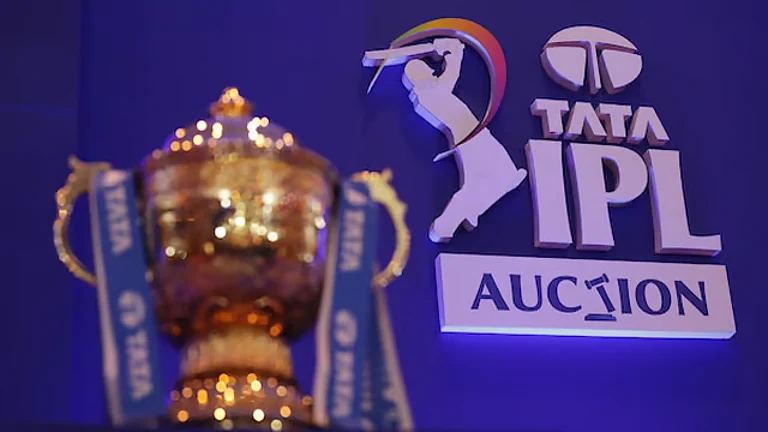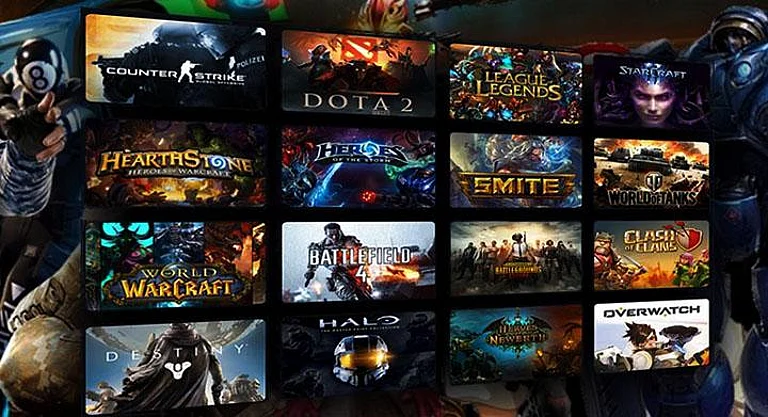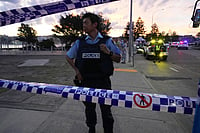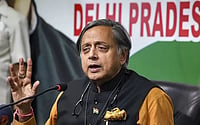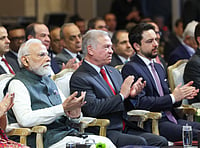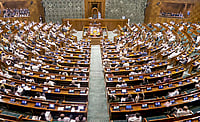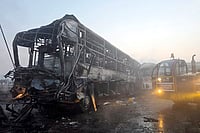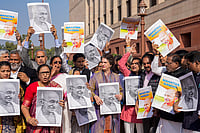IT could well be a tragic repetition of historyfor the Bharatiya Janata Party. Our poll shows that the party will be the clearleader in the battle for the electoral sweepstakes in Uttar Pradesh,just as it was in the last assembly elections in 1993. But there is just thepossibility of power eluding it once again by the proverbial whisker.
The opinion poll shows that theBahujan Samaj Party-Congress combine and the United Front together will pick upa minimum of 220 seats in the 425-member assembly, enough to form a governmentif they decide to join hands in the postelection scenario. The question,however, remains whether they can and will do so, given the animosity betweenKanshi Ram and Mulayam Singh Yadav, leaders of the two alliances.
It must be made clear thatthere is little doubt that Kanshi Ram and Mulayam are virtually carrying theirelectoral allies on their shoulders. The poll shows that there is hardly anysupport for the Congress in the state. And the few doubts that do remain aboutthe BSP-Congress alliance relate to the capacity of the Congress to deliver itsvotes to the BSP in the 126 seats in which they are fighting.
Similarly, it is evident now thatthe fortunes of the United Front are almost totally governed by the voters’perception of Mulayam’s Samajwadi Party. The Janata Dal has almost entirelylost its support base, with the bulk of its supporters having moved to the SP.
As for the three principal chiefministerial aspirants, it’s clear that the common voter identifies the BJPwith Kalyan Singh, with the former chief minister securing 32 per cent of thepopular support as opposed to a mere two per cent for the party’s forwardcaste leader, Kalraj Mishra. And even though Mulayam may end up leading hisalliance to the third place, he has the satisfaction of edging out his betenoire Mayawati for the second place.
But partisan party politics apart,there is a silver lining. The Babri Masjid-Ram Janambhoomi controversy does notagitate the common voter to the same extent as it did a few years ago. The lastelection in 1993, held a year after the demolition at Ayodhya, had seen a strongpolarisation on the issue. This time, a rather healthy 40 per cent appear to betired of communal politics and favour the construction of a hospital for thepoor at the disputed site. That is good news indeed.







